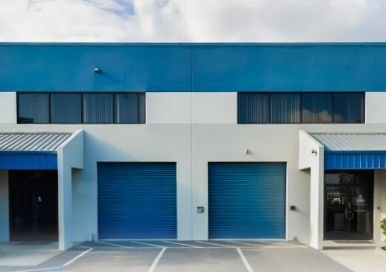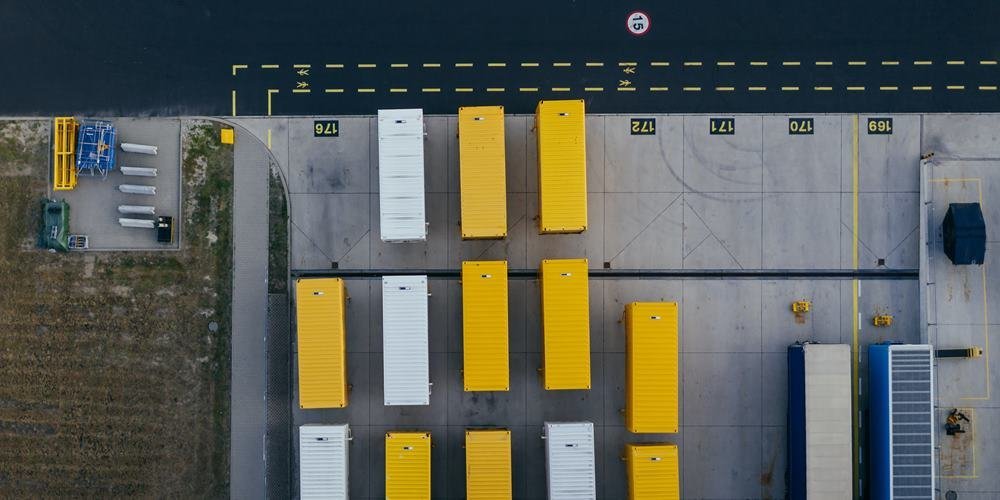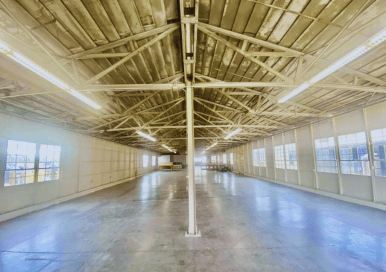
1711 Bayshore Rd
Redwood City, CABoutique Warehouse with Heavy Power

Warehouse facilities can be confusing. They are industrial properties, working as a fulfillment center for distribution, building, or something else.
Now, talking about warehouse types for e-commerce, we have to bring some focus to the broad area that is industrial real estate. The three primary warehouses involved in e-commerce distribution are:
Let’s see how they work one by one…
The warehouse/distribution segment relating to e-commerce is the portion of the industrial market that has experienced the most development and leasing activity over the past decade and continues to be a focus for both real estate owners and industrial users.
For e-commerce companies and traditional retailers with robust e-commerce platforms, the distribution chain varies based on the items they sell and the customers they serve.
But overall, the chain includes three types of warehouses, each of which is situated in a strategic location and carries out a somewhat distinct activity.
[newsletter]
The traditional retail distribution model of warehouse stores is obsolete, especially if you carry out direct-to-consumer, e-commerce, or omnichannel retailing.
If you want an e-commerce business, you have to start an entirely new warehouse distribution network.
That’s how warehouses that pick items from shelves and package them for individual delivery in order to fulfill online orders are dubbed fulfillment centers.
They need to be situated closer to consumers so individual items can be delivered quickly to people’s doorsteps.
Warehouse structures tend to serve as initial transfer points for goods that arrive in massive quantities, either in containers via sea, or as “break bulk”.
This shipping cargo does not fit in a standard shipping container and is instead transported individually in crates, bags, barrels, etc.
Warehouses in which these goods are broken down regrouped, and transported to regional locations are generally located in or near the largest industrial markets and seaports.
The land in proximity to these ports is often gobbled up by commodity storage and designed as cross-dock facilities with tractor-trailer parks and loading docks.
It is all fone to emphasize the importance of circulation, parking and storage for tractor-trailers. We’re seeing greater demand for bulk facilities, and one ideal trailer space can be as big as 5,000 square feet.

For e-commerce, regional facilities tend to be utilized in one of two ways:
We know food suppliers became even greater users of fulfillment warehouses during the pandemic, but these facilities work well for users who store very specialized goods like pharmaceutical supplies, etc.
Where do we find these types of warehouses for E-Commerce distribution? Well, these facilities tend to be located on the outskirts of major metro areas.
They can range in size between 150,000 and 400,000 square feet. Most finished goods are sent by trucks rather than rail so proximity to interstate highways is crucial.
In the e-commerce age, building clear heights have become a critical dimension in warehouse design. Because e-commerce retailers rely on data, they use algorithms to predict what products individuals in certain neighborhoods will likely purchase.
Now you’ve got a fleet of vans, typically sprinter vans, just waiting to pull up, get loaded and go off, so you need tons and tons of parking. The buildings themselves are fairly simple but the site layout is a critical component of the overall project.

Boutique Warehouse with Heavy Power

Move-in ready flex warehouse with grade level rear loading and 3 phase power.